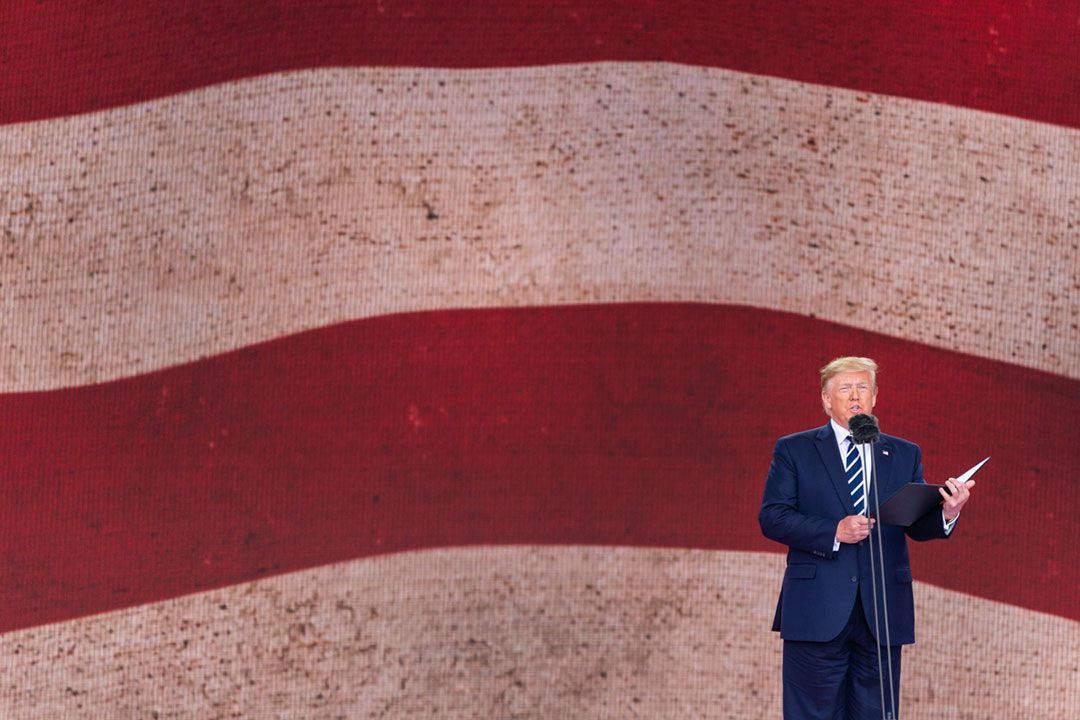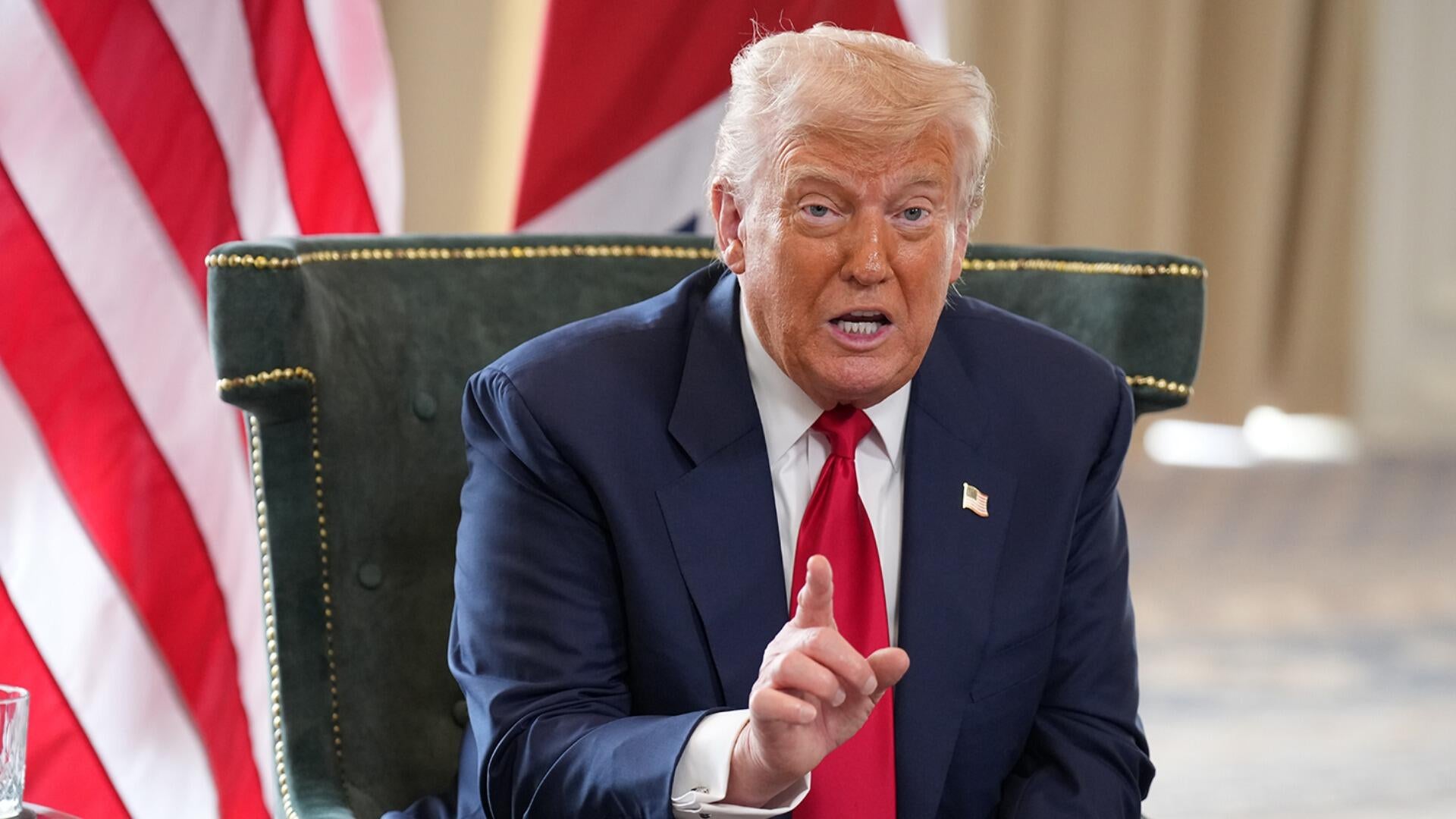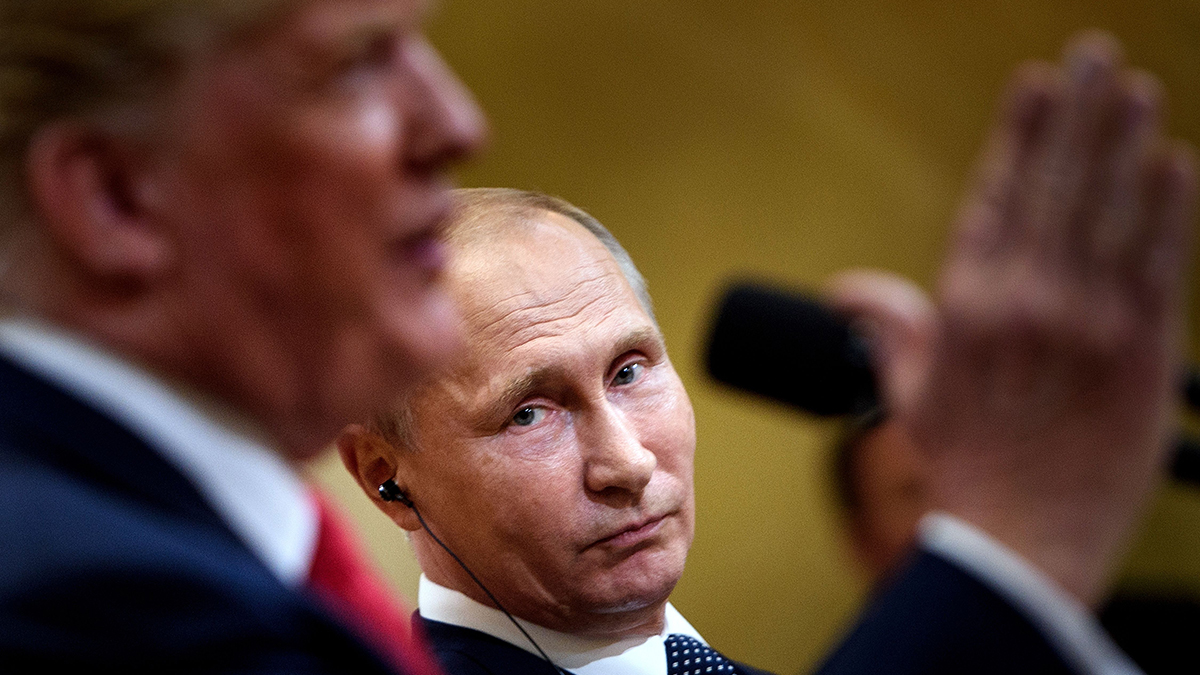
The economic landscape, often perceived through the prism of immediate data, tells a tale of resilience and apprehension. Just three months after President Trump announced sweeping tariffs on American trading partners in early April, the economy, at a glance, appeared robust. Inflation remained muted, the job market strong, and forecasters had notably dialed back their recession predictions. Mr. Trump himself declared on social media, “‘The so-called ‘Experts’ were wrong again,’ he said. ‘Tariffs are making our Country ‘BOOM.’” Yet, beneath this seemingly calm surface, a chorus of leading economists urges caution, asserting that the true, delayed effects of these trade policies are only now beginning to materialize, challenging the narrative of immediate economic boom.
Indeed, the initial warnings of dire consequences—higher prices, rising unemployment, and potential recession—may not have been entirely overblown, merely premature. Economists consistently reiterate that it was always going to take a few months for these policies to filter into the hard data. The nuance lies in the fact that the most punishingly high tariff rates initially announced in April never fully took effect. The president, responding to turmoil in financial markets, paused most of these tariffs and later agreed to temporarily reduce duties.

Even with these reduced rates, which remain the highest in decades, the consensus among most economists is clear: these policies, coupled with the pervasive uncertainty they foster, are poised to lead to faster inflation and slower growth. Michael Madowitz, an economist at the Roosevelt Institute, points out, “‘The extreme tariff policies haven’t happened yet,’” adding, “‘If you’re looking for those in the data, you probably aren’t going to find them.’” This perspective underscores that the damage, though real, will be subtler and more gradual than if the more aggressive duties had been implemented.
However, the specter of those initial, more severe tariffs looms. In recent days, President Trump has sent letters to foreign leaders, threatening to impose steep tariffs on August 1. Should he follow through on these threats and significantly escalate tariffs on major trading partners, the warnings of a looming recession could quickly resurface. This creates a delicate balancing act, as the economy navigates unprecedented territory. Robert McClelland, a fellow at the Tax Policy Center, aptly characterizes the situation, stating, “‘We’re kind of in a new territory here,’” given the lack of recent historical precedents for tariffs of this magnitude.

Examining the inflation front, consumer prices did rise more quickly in June, although overall inflation has largely remained calm in the early months of the Trump administration. The White House, through its Council of Economic Advisers, has actively resisted suggestions that tariffs are driving up prices, citing a report that found products often imported had become cheaper since Mr. Trump took office. This study, however, relied on government data that does not directly differentiate between domestically produced goods and those imported from overseas, leaving its conclusions open to scrutiny.
Omair Sharif, the founder of Inflation Insights, released a detailed rebuttal, challenging the study’s methodology and arguing that it is too soon to assess the full impact of tariffs on consumer prices. “‘If the main point of the C.E.A.’s analysis is to suggest that tariffs are not impacting inflation, then I think they’ve spiked the ball at the 50-yard line,’” Mr. Sharif wrote, highlighting the premature nature of the White House’s declaration. Further research, such as a study by Harvard economist Alberto Cavallo and co-authors, has utilized online retail data to identify the origin of goods.
The slower-than-expected appearance of these effects can be attributed to several factors. Companies, facing low consumer confidence and high concerns about the economic direction, are understandably hesitant to raise prices too quickly, fearing they might deter customers. This reluctance to antagonize patrons, as Mr. Cavallo notes, stems from the very real cost associated with price adjustments. Furthermore, the frequent pauses and reversals in the Trump administration’s trade policies have likely caused businesses to defer pricing decisions, awaiting greater clarity on where tariffs will ultimately settle. “‘I think the uncertainty is preventing these adjustments from happening,’” Mr. Cavallo stated, emphasizing the paralyzing effect of policy unpredictability.

An analysis from Goldman Sachs last week shed light on the distribution of tariff costs. Initially, consumers bore only about 10 percent of the burden, but this share escalated to approximately 40 percent after three months. American companies shouldered the majority of the remaining cost, while foreign exporters absorbed only about 20 percent. Many businesses have been able to delay price increases by strategically stockpiling products and materials prior to the tariffs taking effect, allowing them to draw from inventories purchased at pre-tariff prices. Sarah House, an economist at Wells Fargo, observed, “‘We’ve had businesses front-run imports like we’ve never seen before, so they’re still sitting on a lot of stock that they can whittle down before they really have to make decisions.’”
However, this deferral strategy has its limits. The longer companies postpone raising prices, the more tariffs will erode their profit margins. This could compel them to cut back on hiring and investment, leading directly to slower job growth and potentially higher unemployment—effects that have also been slow to appear in the aggregate economic data. While job growth was solid in June, and the unemployment rate, at 4.1 percent, has remained stable since President Trump took office, underlying signs suggest a loss of momentum in the labor market.
Hiring in June was concentrated primarily in healthcare and local government, with other sectors adding few jobs. Manufacturing employment notably fell for the second consecutive month. Although layoffs remain low, it is taking longer for unemployed individuals to find new positions, and workers, perhaps sensing instability, are switching employers less frequently. This all aligns with anecdotal reports from employers indicating a holding pattern, as they await greater clarity on tariffs, immigration, and other policy directions. Laura Rosner-Warburton, an economist at MacroPolicy Perspectives, a forecasting firm, stated, “‘Firms are getting squeezed’” by increased costs from tariffs and decreased consumer demand. In response, she noted, “‘we’ve heard them say, ‘We’ve paused hiring.’”

The track record of economic forecasting has, at best, been mixed. Economists largely missed the post-pandemic surge in inflation and subsequently mispredicted that a recession would be necessary to bring prices under control. Historically, recessions are often identified only after they have begun. Yet, one thing is undeniably clear: the economy currently possesses less margin for error than it did during the post-pandemic reopening boom or even during Mr. Trump’s first term. Job growth has decelerated, and consumer spending, which remarkably remained resilient through periods of high inflation and interest rates, is now showing signs of weakening.
This leaves the economy increasingly vulnerable to any shock, whether policy-induced by the Trump administration or originating from an external force. Mr. Madowitz vividly illustrates this precarious position, saying, “‘There’s a big difference between something going wrong with your plane when you’re at cruising altitude than when you’re flying closer to the ground,’” concluding, “‘If we’re just scraping the treetops and barely staying above the ground, that’s not a very safe place to be.’”

Even if tariffs do not trigger an immediate economic crash, they are still capable of inflicting significant damage, as Tara Sinclair from George Washington University warns. The tariffs announced on April 2, had they been fully enacted, would likely have had an immediate and easily discernible impact on prices and growth. The current policies, however, are more prone to causing modest but cumulative harm—a scenario of slightly higher unemployment and marginally slower growth year after year. Ms. Sinclair cautions, “‘I would not say that if we avoid a recession this year and next, then, oh, tariffs weren’t that bad,’” emphasizing, “‘This will add up terribly over time.’”
Adding to the growing concerns, Mark Zandi, chief economist at Moody’s Analytics, articulated a stark warning, stating, “The economy is on the precipice of recession.” In a series of social media posts, Zandi highlighted last week’s economic data, noting flatlined consumer spending, contracting construction and manufacturing sectors, and an employment market “set to fall.” He asserted that with rising inflation, the Federal Reserve faces a difficult challenge in intervening effectively. He explicitly attributed the economy’s struggles to “increasing U.S. tariffs and highly restrictive immigration policy,” explaining that tariffs are “cutting increasingly deeply into the profits of American companies and the purchasing power of American households,” while “fewer immigrant workers means a smaller economy.”

Zandi’s analysis points to deeper issues beneath the surface of a seemingly low unemployment rate, explaining that it persists only because labor force growth has stagnated, with the foreign-born workforce shrinking and labor force participation declining. He underscored this by observing an “economy-wide hiring freeze,” particularly for recent graduates, and a decline in hours worked. The revised June jobs report further accentuated these concerns, with the initial nearly 150,000 jobs added revised drastically down to approximately 14,000. Subsequent data for July showed US employers added only 73,000 jobs, significantly less than economists had anticipated.
The concept of “stagflation”—a debilitating combination of economic stagnation and high inflation—is also emerging as a significant risk. President Trump’s “Liberation Day” tariffs, announced on April 2, which include a 10% universal duty on all U.S. imports and reciprocal tariffs on imports from about 90 nations, are touted by the administration as a means to repatriate manufacturing jobs, revive demand for American-made products, and generate federal revenue. However, economists widely disagree, forecasting an acceleration of inflation and a dampening of U.S. economic growth. This is because U.S. businesses, importing goods and materials, bear the cost of these tariffs and are likely to pass them on to consumers through higher prices.
If inflation reignites, consumer spending, which accounts for roughly 70 cents of every dollar in GDP, could contract, thereby slowing economic growth. The risks of a recession, traditionally defined as at least two consecutive quarters of negative GDP growth, are indeed rising. Mark Zandi projects that if fresh U.S. tariffs trigger retaliatory measures from other nations, “serious recessions” could emerge both in the U.S. and globally, potentially reducing U.S. GDP by 2% and boosting unemployment to 7.5% from the current 4.1%. While Zandi assigns a 15% probability to this severe outcome, he gives a 35% probability to a milder recession with unemployment topping out at 5.5% if the administration eases some tariffs or offers exemptions.


:max_bytes(150000):strip_icc():focal(999x0:1001x2)/onassis-tempelsman-3-2000-f94e7e9d9125433baf3214cea69fe67f.jpg)
